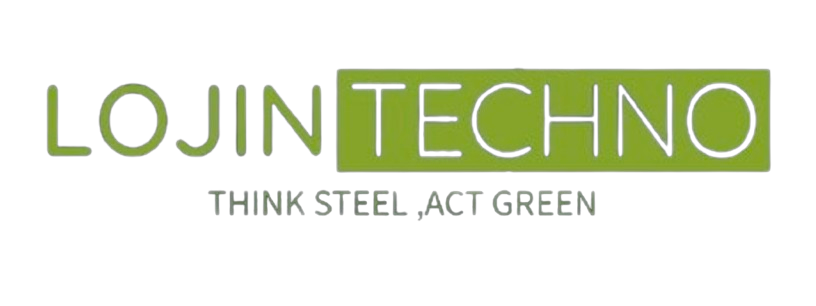Solar Energy for, (EAFs & IMFs)
Integrating solar energy into the operations of Electric Arc Furnaces (EAFs) and Induction Melting Furnaces (IMFs) in the steel industry can contribute to sustainability and reduce the carbon footprint. Here’s how solar energy can be applied to these furnaces: Solar Energy for Electric Arc Furnaces (EAFs): Solar Energy for Induction Melting Furnaces (IMFs): General Considerations: […]
Solar Energy for, (EAFs & IMFs) Read More »










